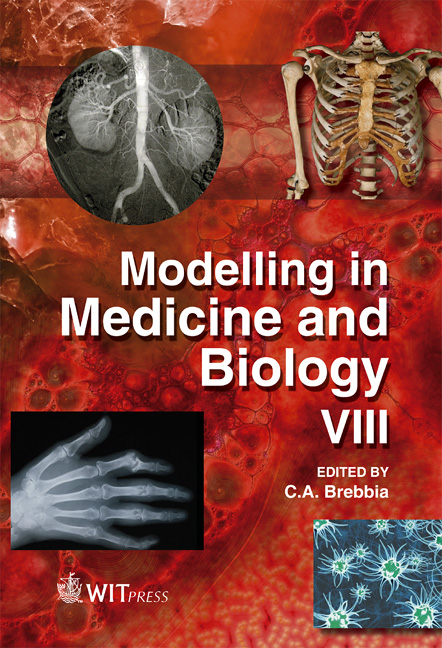Dynamics Of The Human Stomach
Price
Free (open access)
Transaction
Volume
13
Pages
10
Page Range
191 - 200
Published
2009
Size
649 kb
Paper DOI
10.2495/BIO090181
Copyright
WIT Press
Author(s)
R. Miftahof & N. Akhmadeev
Abstract
A mathematical model of the stomach as a soft electromyogenic biological shell is developed, which is based on detailed biological data of the structure and function of the organ. The dynamics of the spread of the wave of depolarization and concomitant stress-strain changes in the smooth muscle syncytia of the stomach were analyzed. Numerical results revealed that the fundus, the body and the antrum of the organ always experience biaxial stress-strain states, while the cardia and the pylorus undergo uniaxial stretching with crease development. The circular smooth muscle layer generated greater total forces throughout the dynamic process in comparison to the longitudinal layer. The body of the organ along the lesser curvature and the cardia-fundal area was constantly overstressed. Although the theoretical results qualitatively resemble patterns of electrical and mechanical activity observed in vivo and in vitro, there is currently no affirmative experimental evidence to conduct a detailed quantitative evaluation of the results. Keywords: human stomach, soft thin shell, biomechanics.
Keywords
human stomach, soft thin shell, biomechanics.





